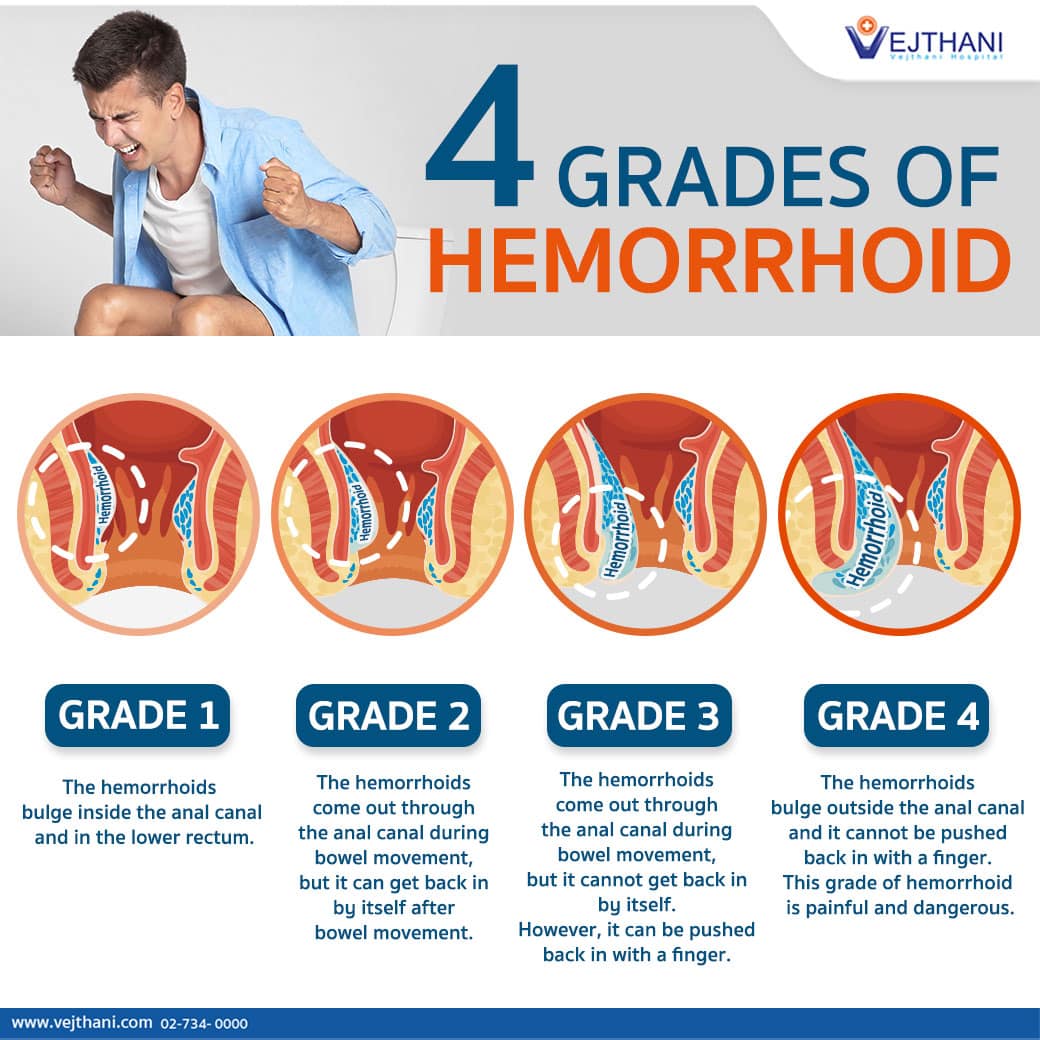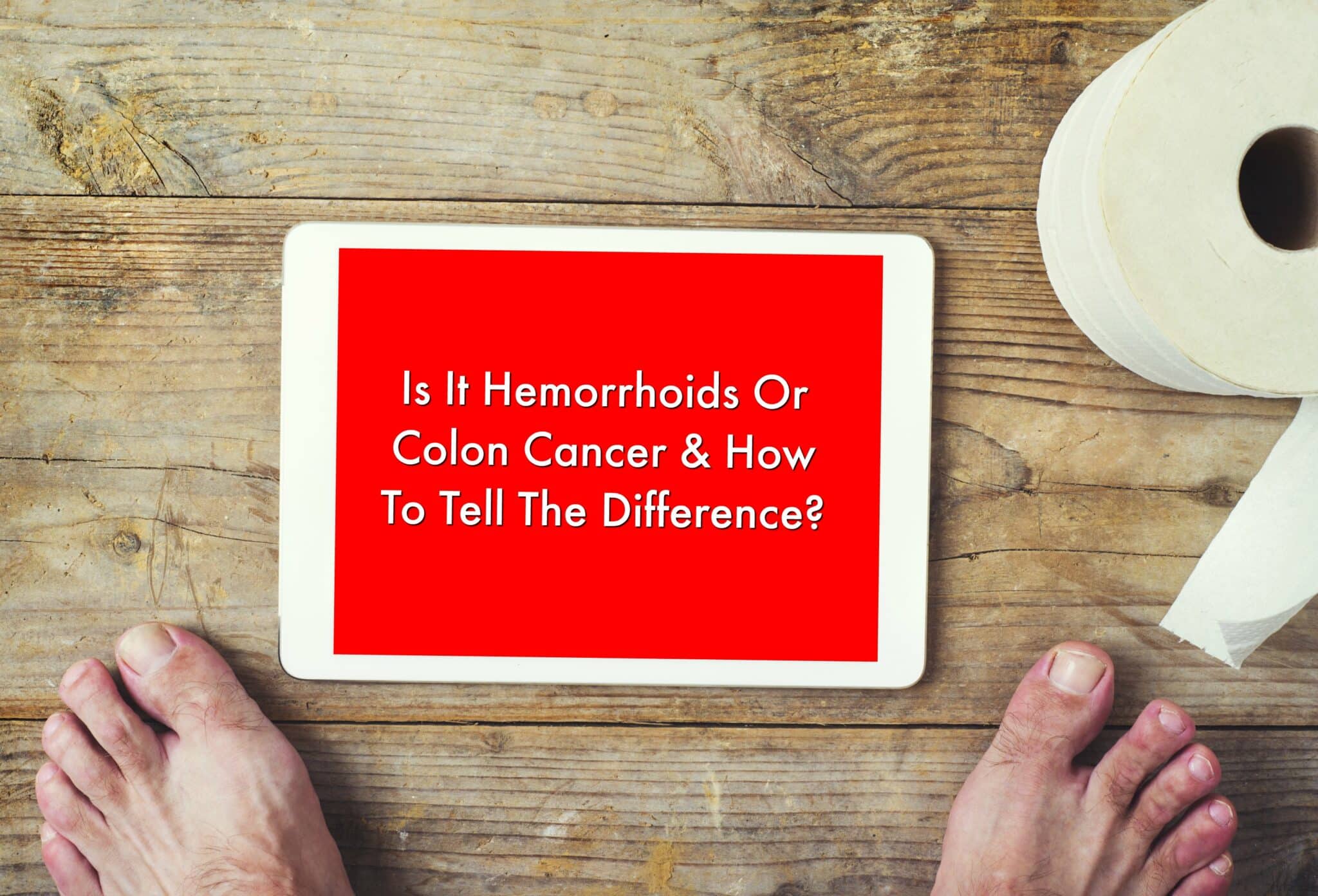Real Tips About How To Tell If I Have Hemroids

Be aware of bleeding during a bowel movement.
How to tell if i have hemroids. Internal hemorrhoids are typically small, swollen veins found in the walls of the anal canal. Some symptoms that indicate hemorrhoids include: Pain that gets worse after having a bowel.
Piles, or hemorrhoids, occur when the veins. Piles (haemorrhoids) are lumps inside and around your bottom (anus). They often get better on their own after a few days.
Straining during a bowel movement is the main reason. Internal hemorrhoids are located in the rectum and can’t be seen by. Hemorrhoids often don’t cause pain.
Get moist, pink bumps around the edge of or bulging out from your anus (these may look purple or blue, too.) when to call your doctor. Your health care provider inserts a gloved, lubricated. While it is troubling to see blood in those places, it’s one.
Haemorrhoids aren’t usually painful, unless their blood supply slows down or is interrupted. Aches or pain around the anus, especially when sitting. They can sometimes grow large and bulge out of the anus.
Mild piles (hemorrhoids) can often go unnoticed, but noticeable symptoms can include pain, itching, bleeding, and external lumps. Passing a small amount of bright red blood with stool is often the only sign that a person has hemorrhoids. External hemorrhoids feel and look like small lumps just outside the anus.
Diagnosing internal hemorrhoids might include an exam of your anal canal and rectum. If you’re experiencing blood in your stool, itching and pain, you might have a hemorrhoid. The symptoms of hemorrhoids can include:
External hemorrhoids, which form under the. There are things you can do to treat and prevent piles. It’s not uncommon to have hemorrhoids — swollen veins around the outside of the anus or the lower part of your rectum that can cause painful burning or itching.
Itching in or around the anus. External hemorrhoids look like small red bumps protruding from the skin. Uncomfortable lump (s) or swelling near your anus.
You might notice some blood on the toilet paper or in the toilet bowl. Soreness, redness and swelling around your anus. Constipation (trouble passing stool) or diarrhea (loose, watery stool) for a long time.






:max_bytes(150000):strip_icc()/hemorrhoid-treatments-and-home-remedies-89353-5c04b0c5c9e77c000149cec6.png)











